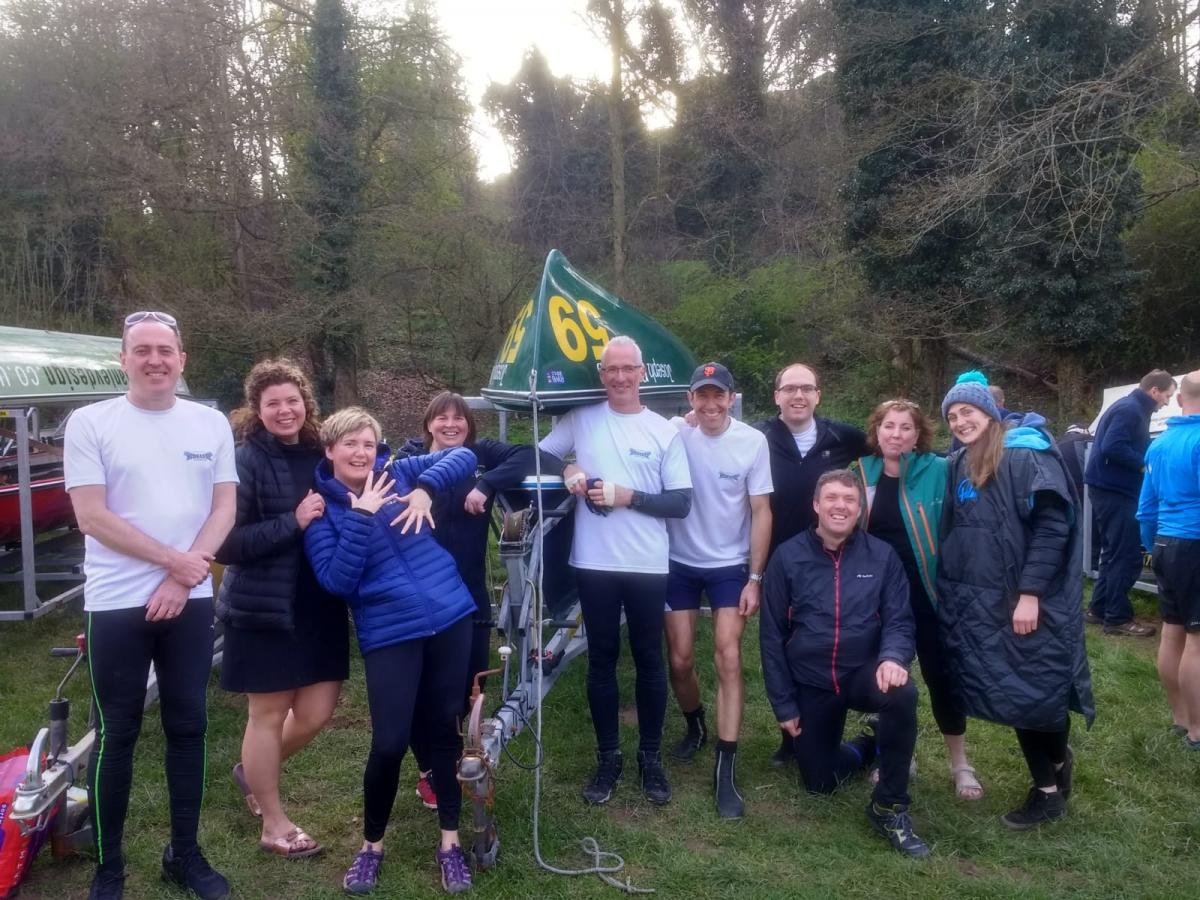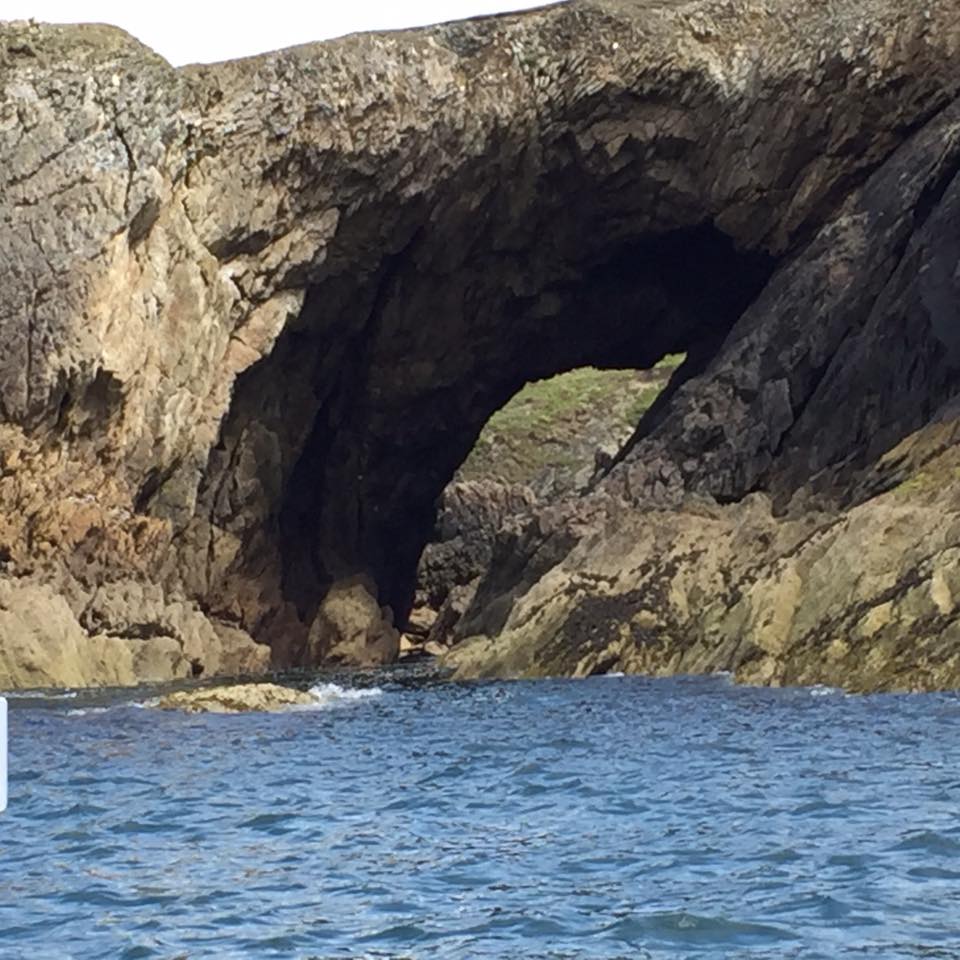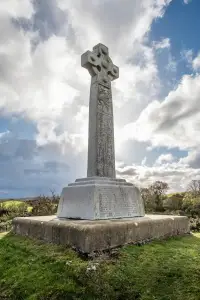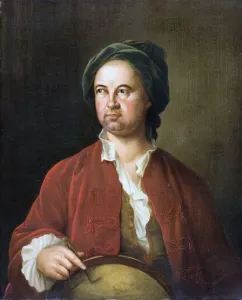About us
 Moelfre Rowing Club was established in 2005 when it received a community facilities grant in 2006 to purchase a Celtic Longboat named Joseph Rodgers. The Club was set up to give local people of all ages the opportunity to participate in water based activities, encouraging healthy lifestyles. After a fallow period when the boat was loaned to a neighbouring rowing club, the club was re-established by 5 keen rowers in 2016 with the help of one of the original members. Since then we've grown in size but maintained the friendly inclusive attitude which led to the club being formed in the first place.
Moelfre Rowing Club was established in 2005 when it received a community facilities grant in 2006 to purchase a Celtic Longboat named Joseph Rodgers. The Club was set up to give local people of all ages the opportunity to participate in water based activities, encouraging healthy lifestyles. After a fallow period when the boat was loaned to a neighbouring rowing club, the club was re-established by 5 keen rowers in 2016 with the help of one of the original members. Since then we've grown in size but maintained the friendly inclusive attitude which led to the club being formed in the first place.
The Club meets throughout the year, usually on Sunday mornings and Tuesday evenings at Traeth Bychan, a sandy beach just south of Moelfre. All our members also belong to Red Wharf Bay Sailing and Watersports Club and so we have the benefit of the use of an amazing clubhouse clubhouse and facilities right on the beach. Activities include a number of coastal rowing day trips where the beautiful coastline and wildlife of Anglesey can be seen from a new perspective. We also take part in race meetings with other rowing clubs and can sometimes be found in local pubs, carrying out 'research'. We are always interested in recruiting new members, whatever their level of ability or ambition. Our focus, as always, is on inclusion and friendly support.
at Traeth Bychan, a sandy beach just south of Moelfre. All our members also belong to Red Wharf Bay Sailing and Watersports Club and so we have the benefit of the use of an amazing clubhouse clubhouse and facilities right on the beach. Activities include a number of coastal rowing day trips where the beautiful coastline and wildlife of Anglesey can be seen from a new perspective. We also take part in race meetings with other rowing clubs and can sometimes be found in local pubs, carrying out 'research'. We are always interested in recruiting new members, whatever their level of ability or ambition. Our focus, as always, is on inclusion and friendly support.
With the help of Sports Wales and The Isle of Anglesey Charitable fund, we've recently acquired a coastal double scull and another celtic longboat as well as two new single sculls. These additional boats will help us to introduce more people to our sport!
Môr Wennol
We have a double yole, Môr Wennol, made by Swift Racing.
For racing, Swift Racing Coastal/Offshore boats are FISA certified and have close to the maximum allowed waterline, in order to optimise boat speed, as well as a sturdy ‘rocker’ for excellent surfing potential.
The strong lip joint construction around each boat increases overall durability and stiffness, whilst making the boats easier to carry, and crucially helps to repel water when rowing through waves. Sweep and Sculling riggers are available.
Swift Racing Coastal/Offshore boats are built using sandwich construction with fibreglass cloth and Lantor coremat, with carbon tape reinforcing the areas of highest stress.
All coastal racing boats weigh in right at the FISA minimum weights allowed.
They have a tough gel coat finish, with light grey hulls and a choice of 4 colours for the upper section.
Designed to Perform
As is standard with the FISA design, there is an open transom, for immediate discharge of water inflow, with a minimal area for water to remain in the cockpit.
There is also a lightweight flap at the stern to prevent the inflow of water from a following wave.
All boats feature a lightweight throw line/tow line in a yellow throw-bag, which is in an easy-to-reach position just behind the bow rower, as well as non-slip surfaces for stepping into the boat, for maximum safety.
Ease and convenience – there are handles both at the bow and stern for easy boat carrying, as well as netted areas to hold small items/drinks and buoyancy aids/life-jackets.
Eirianell
Our new Celtic longboat "Eirianell" was delivered to the club in September 2020. She is so named in honour of the Morris brothers, the polymath champions of the Welsh language who lived just to the north of Moelfre.
There is a celtic cross which was erected in memory of the Morris brothers in September 1910. The cross has been erected on land within the farmstead of Pentre Eirianell, former home to the four brothers who were renowned scholars, historians and surveyors in the early C18.

Lewis Morris (1701-65) was a poet and scholar; DWB notes that he "by the middle of the 18th cent., was the highest authority on the language, acknowledged as such in Wales and outside it".
Richard Morris (1703-79) was founder of the Cymmrodorion Society.
William Morris (1705-63) was scholar of the Welsh language and botanist.
John Morris (1706-40) was a sailor who died during an attack on Cartagena.
Joseph Rodgers
Our first Celtic longboat is named in honour of one of the heroes of the tragic wrecking of the steam clipper, the Royal Charter.
Joseph Rodgers (Guzeppi Ruggier) was a Maltese seaman and crewmember of the doomed Royal Charter. When the ship was wrecked off Moelfre in the worst storm in the 19th Century he, in an act of great heroism, was able to reach the shore with a line.  This enabled the setting up of a Breeches Buoy/Bosun's Chair and, with the courageous efforts of the locals who formed a human chain in the waves, led to a number of lives being saved.
This enabled the setting up of a Breeches Buoy/Bosun's Chair and, with the courageous efforts of the locals who formed a human chain in the waves, led to a number of lives being saved.
Of the 376 people aboard the Royal Charter only 18 passengers, 5 of 11 riggers working their passage, and 18 of  the crew were saved before the line parted (no women or children survived). Without the bravery of Joseph Rodgers, many more lives would surely have been lost. Rather than by drowning, most fatalities were caused by the trauma of being dashed against the rocks and wreckage- despite the risk of the same fate befalling them, Joseph Rodgers and the local villagers braved the breaking seas to try to save the lives of the rest of the crew and passengers.
the crew were saved before the line parted (no women or children survived). Without the bravery of Joseph Rodgers, many more lives would surely have been lost. Rather than by drowning, most fatalities were caused by the trauma of being dashed against the rocks and wreckage- despite the risk of the same fate befalling them, Joseph Rodgers and the local villagers braved the breaking seas to try to save the lives of the rest of the crew and passengers.
The shipwreck is also notable for the impetus it gave Captain Robert Fitzroy, Royal Navy, head of the Meteorological Office, to develop the first gale warning service. The data gathered from across the country for the speed and direction of the winds defined a 'perfect cyclone'. The diagram was used to illustrate the Board of Trade Wreck Returns for 1859.
More about Joseph Rodgers can be found on his decendant, Prof Raymond Agius', website (which is the source of these photographs).
